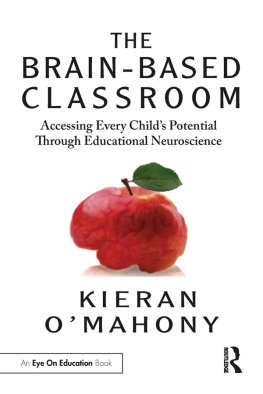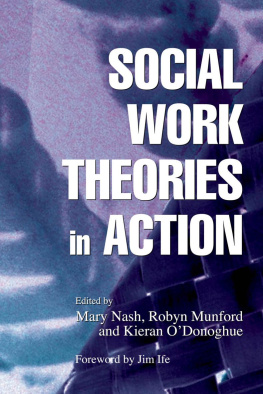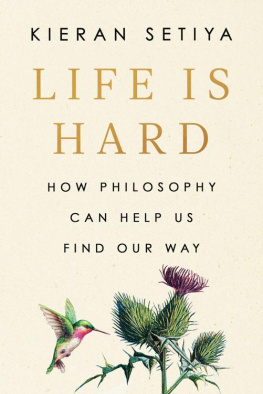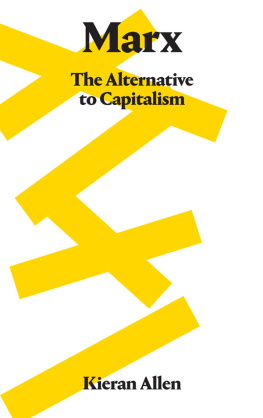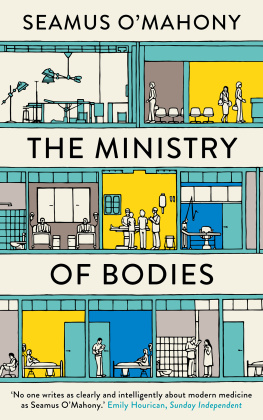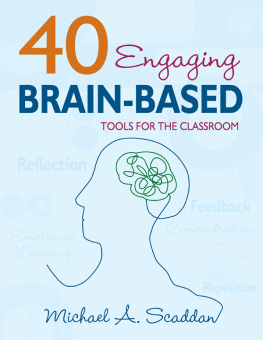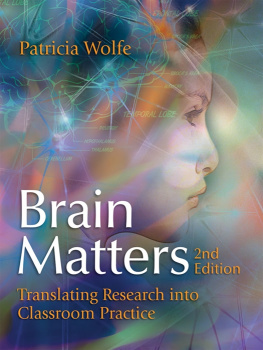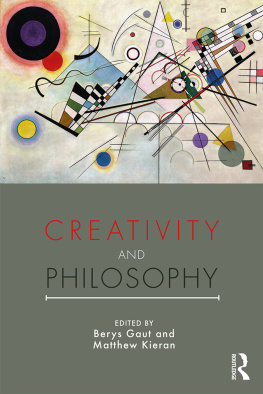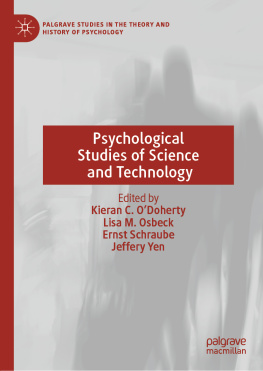Kieran OMahony - The Brain-Based Classroom
Here you can read online Kieran OMahony - The Brain-Based Classroom full text of the book (entire story) in english for free. Download pdf and epub, get meaning, cover and reviews about this ebook. year: 2020, publisher: Taylor and Francis, genre: Children. Description of the work, (preface) as well as reviews are available. Best literature library LitArk.com created for fans of good reading and offers a wide selection of genres:
Romance novel
Science fiction
Adventure
Detective
Science
History
Home and family
Prose
Art
Politics
Computer
Non-fiction
Religion
Business
Children
Humor
Choose a favorite category and find really read worthwhile books. Enjoy immersion in the world of imagination, feel the emotions of the characters or learn something new for yourself, make an fascinating discovery.
- Book:The Brain-Based Classroom
- Author:
- Publisher:Taylor and Francis
- Genre:
- Year:2020
- Rating:4 / 5
- Favourites:Add to favourites
- Your mark:
- 80
- 1
- 2
- 3
- 4
- 5
The Brain-Based Classroom: summary, description and annotation
We offer to read an annotation, description, summary or preface (depends on what the author of the book "The Brain-Based Classroom" wrote himself). If you haven't found the necessary information about the book — write in the comments, we will try to find it.
The Brain-Based Classroom — read online for free the complete book (whole text) full work
Below is the text of the book, divided by pages. System saving the place of the last page read, allows you to conveniently read the book "The Brain-Based Classroom" online for free, without having to search again every time where you left off. Put a bookmark, and you can go to the page where you finished reading at any time.
Font size:
Interval:
Bookmark:

The Brain-Based Classroom translates findings from educational neuroscience into a new paradigm of practices suitable for any teacher. The human brain is a site of spectacular capacity for joy, motivation, and personal satisfaction, but how can educators harness its potential to help children reach truly fulfilling goals? Using this innovative collection of brain-centric strategies, teachers can transform their classrooms into deep learning spaces that support their students through self-regulation and mindset shifts. These fresh insights will help teachers resolve classroom management issues, prevent crises and disruptive behaviors, and center social-emotional learning and restorative practices.
Kieran OMahony is Founding Principal of the Institute for Connecting Neuroscience with Teaching and Learning, USA, and Founder and Chairman of the Board of Neural Education.
Out of my seven years of professional development, this is THE most important training for effective classroom teaching that Ive ever received.
Patricia Amaro, English Language Arts Teacher at Grandview Middle School, WA
This neural lens gives me a totally different approach to my way of teaching. Our Hopi students need this way of thinking, and I plan to pass along what I've learned to my administrator and to other educators here in Arizona.
April Honahnie, K-8 Teacher at Hotevilla-Bacavi Community School, AZ
Finally, the science behind what works in learning! This is training unlike all other professional learning because it is continuously rooted in the 'why'. This work explains how the brain interacts with environmental and internal stimuli with the overarching goal of supporting each teachers understanding of enough neuroscience to shift daily learning.
Rosa M. Villarreal, Principal of Kent Elementary School, WA
This is crusader work. Dr. OMahony is rowing against the current, but this important book will stand the test of time.
Terry Bergeson, Washington State Superintendent of Public Instruction (former) and Interim Dean (retired) of the School of Education and Kinesiology at Pacific Lutheran University, USA
This book will be important for every teacher because knowledge is power. I am shocked and delighted to learn things about the brain that are so valuable in my daily classroom practice, especially in distance learning spaces. Amygdala, hippocampus, and working memory mean so much more to me now. This is the future of human enhancement!
Stphanie Turcotte, Teacher at cole Claudette-et-Denis-Tardif, Canada
Learning about childrens thinking from the inside out has given me a new perspective on education as a teacher. I now see students, and my own children, through what is going on inside their minds and their thinking rather than feeling frustrated that they are not doing things exactly the way that I have told them to. Knowing your orchid students and teaching with them in mind will yield greater results than driving on without them and then trying to formulate interventions to catch them up.
Sean Sturgill, Fifth Grade Teacher at Lackamas Elementary, Yelm Community Schools, WA
(www.routledge.com/k-12)
Culturally Responsive Self-Care Practices for Early Childhood Educators
Julie Nicholson, Priya Shimpi Driscoll, Julie Kurtz, Domnica Mrquez, LaWanda Wesley
Nurturing Students Character: Everyday Teaching Activities for Social-Emotional Learning
Jeffrey S. Kress, Maurice J. Elias
Improving Student Behavior: The Success Diary Approach
Ami Braverman
Five Teaching and Learning MythsDebunked: A Guide for Teachers
Adam M. Brown, Althea Need Kaminske
The Self-Regulated Learning Guide: Teaching Students to Think in the Language of Strategies
Timothy J. Cleary
Differentiated Instruction Made Practical: Engaging the Extremes through Classroom Routines
Rhonda Bondie, Akane Zusho
Classroom
Through Educational Neuroscience

First published 2021
by Routledge
52 Vanderbilt Avenue, New York, NY 10017
and by Routledge
2 Park Square, Milton Park, Abingdon, Oxon, OX14 4RN
Routledge is an imprint of the Taylor & Francis Group, an informa business
2021 Taylor & Francis
The right of Kieran OMahony to be identified as author of this work has been asserted by him in accordance with sections 77 and 78 of the Copyright, Designs and Patents Act 1988.
All rights reserved. No part of this book may be reprinted or reproduced or utilised in any form or by any electronic, mechanical, or other means, now known or hereafter invented, including photocopying and recording, or in any information storage or retrieval system, without permission in writing from the publishers.
Trademark notice: Product or corporate names may be trademarks or registered trademarks, and are used only for identification and explanation without intent to infringe.
Library of Congress Cataloging-in-Publication Data
A catalog record for this title has been requested
ISBN: 978-0-367-61709-7 (hbk)
ISBN: 978-0-367-61011-1 (pbk)
ISBN: 978-1-003-10615-9 (ebk)
Typeset in Palatino
by Apex CoVantage, LLC
Dedication
To neural educatorsthe pedagogy of tomorrow, today
PART I
Breaking Paradigms
PART II
Rethinking Pedagogy
PART III
Conceptual Collisions
This book would not have happened without a great deal of help and support, and Im happy to have the chance to say thank you. Teachers are primary, because educational neuroscience carries the promise of accessing every childs potential.
Im indebted to learning scientists and neuroscientists who shared work and ideas with me. In particular, Im grateful to scholars and research scientists who collaborated on NSF and NIH projects. I am honored to have received insights into particular aspects of the learning sciences from colleagues at LIFE and NIDA, at iLABS, SRI, and Stanford College of Education, and at CELEST, SILC, and RAPID.
I am especially grateful to the dozens of students, teachers, and parents who graciously shared their classroom experiences. The stories are all true, but in some cases, names and settings have been changed to protect identities.
A number of people generously read and improved chapters of the manuscript. Special thanks to Missy Widmann and neural education champions who are changing the landscape of teaching every day. Thanks to Esther Mose, Ashley Valentine, Rich Carr, and Tom Lee.
I would never have started the book without the encouragement of Michael Bledsoe, a visionary sage. I am grateful for the napkin sketch that charted an outlineartist Michael Peck. I thank my publisher, Daniel Schwartz, for his attentive guidance.
Most important, Id like to thank my children, who inspired me to become a better parent and teacher. Thank you to Shane, Ronan, Madelein, and Noel-Finn. They are part and parcel of everything I do with learning and brain.
Special thanks to J. K. and to J. B.
Teaching with brain should be a no-brainer. Yet, very few of us know enough fundamentals of how the human brain works or, for that matter, are familiar enough with the delicate dance that is the intersection of neuroscience and pedagogy to be successful at teaching with the brain. It is this conundrum that
Font size:
Interval:
Bookmark:
Similar books «The Brain-Based Classroom»
Look at similar books to The Brain-Based Classroom. We have selected literature similar in name and meaning in the hope of providing readers with more options to find new, interesting, not yet read works.
Discussion, reviews of the book The Brain-Based Classroom and just readers' own opinions. Leave your comments, write what you think about the work, its meaning or the main characters. Specify what exactly you liked and what you didn't like, and why you think so.

